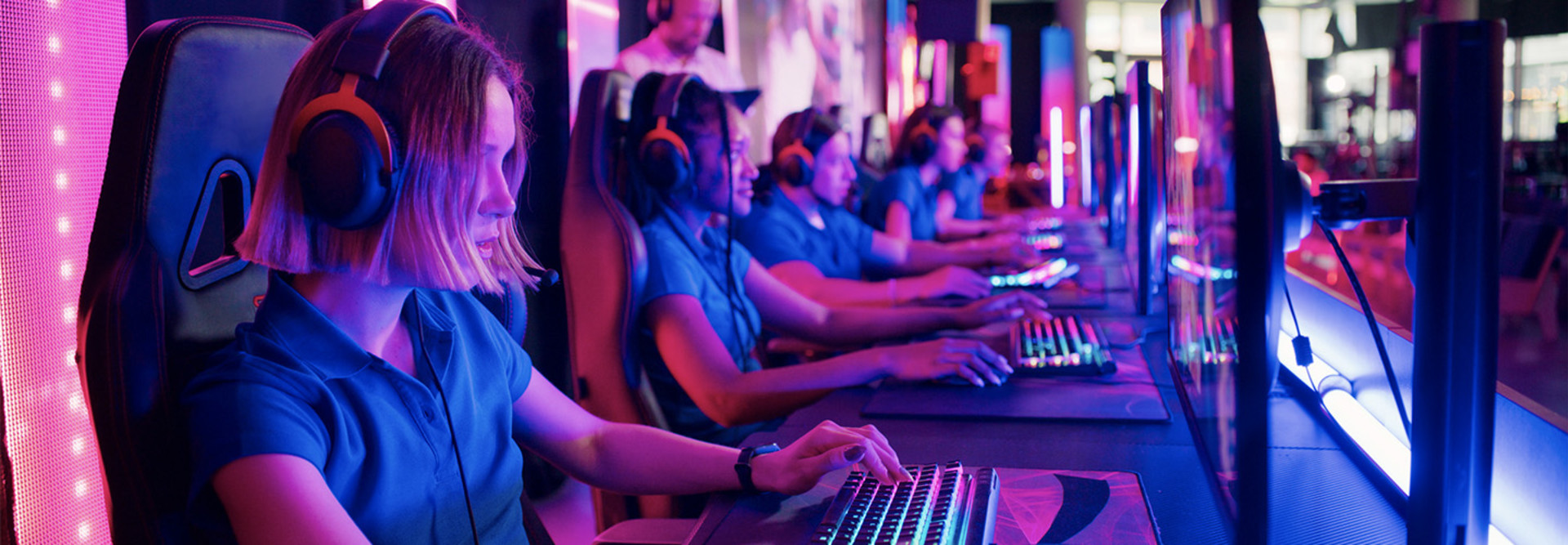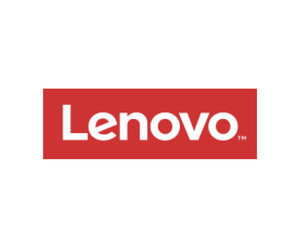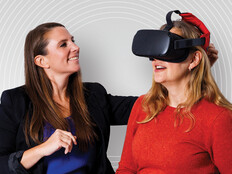There are many ways for students to participate in esports other than through competition, including shoutcasting, which entails broadcasting, production, event planning, marketing, social media and more. Participation in any of those areas could lead to a career for students. If it doesn’t, that’s OK too, Palumbo says.
“It doesn’t mean that they have to necessarily go into esports, but it’s a nice entryway to learning what they may or may not like, and they get the ability to try all sorts of cool things,” he says.
In 2021, the global esports market was worth $1.22 billion, and the market is expected to grow to $5.48 billion by 2029, according to Fortune Business Insights. By 2025, the esports industry is expected to have 640.8 million viewers worldwide, an increase from 435.7 million in 2020.
As for the hardware powering all that growth, many esports gamers are using consoles. However, higher-end gaming PCs such as Lenovo’s Legion desktops and laptops deliver more capabilities, Palumbo says. Lenovo offers the Legion T7 with an Intel Core i9 13th-generation processor and up to a NVIDIA RTX 4090.
“You don't have to buy the most expensive computer to play most of the popular esports titles,” Palumbo says. “But it doesn’t hurt to have the latest graphics to make the games look as stunning as they can be for the players.”
READ MORE: What type of esports program is your university building?
Gaming Peripherals Help Universities Attract Students
Just as weight rooms and strong football programs will attract student-athletes, the latest hardware can attract students interested in multiplayer gaming. Virtual reality (VR) requires advanced headsets, and students have an interest in learning with these devices.
“Now, anyone can come and hang out, have a good time, or compete with the latest and greatest,” says Palumbo. “And that’s what a lot of schools are looking for: student engagement. It’s a big draw.”
Supporting students gaming during the day and designing games at night requires the latest technology, he adds.
“The new tech is always going to help push that barrier, and help you do more, especially within coding for VR, AR, mixed reality and now even production,” Palumbo says. “Those are the programs that are really pushing the limits as to what you can do.”
Click the banner below to learn more about the technology behind today's HyFlex learning spaces.













